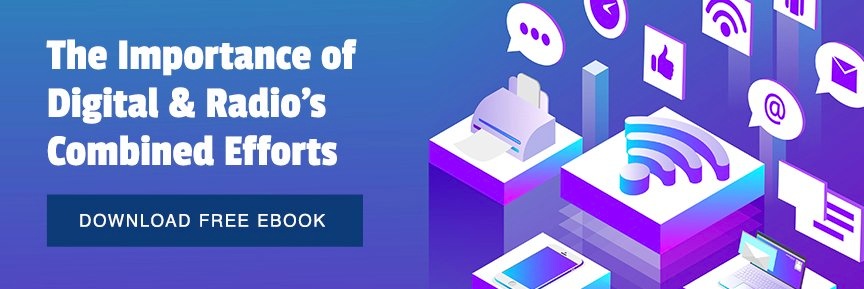Within five years, half of all Americans will be regular podcast listeners. And once consumers sample podcasts, they’re often hooked. One-quarter of weekly listeners spend three to five hours per week listening to podcasts and one-quarter more spend more than five hours with podcasts weekly. Those are just some of the insights from ad agency Magna Global’s new podcasting forecast, which calls for audio’s hottest genre to keep gaining momentum as it becomes a mainstream choice for consumers and advertisers.
Indeed, enticed by the growing audience and podcasting’s hallmarks of engagement and hyper-targeting, advertisers are directing more money to the medium. Currently, podcasting represents 4% of the total audio ad market and that figure will expand to 8% in the coming years, Magna projects. The pot of money is growing rapidly. This year, marketers will spend $700 million on podcast ads and the IAB/PwC expects that to approach $1 billion by 2021.
So what’s feeding this boom? According to Magna, it is a combination of improved content, better technology, and innovative brands.
More content and better promotion
Currently, one-third of Americans listen to podcasts monthly, Magna reports. Thanks to more publishers entering the space and improved marketing, consumer awareness of podcasting and sampling are on the rise.
Big audio companies, including iHeartMedia and Entercom Communications, as well as streaming giants Pandora and Spotify, are investing in originals and snapped up production companies, beefing up their content pipeline and attracting new users. These companies are promoting podcasts on-air, online and on social. iHeart is even dedicating a Sunday night block on hundreds of local radio stations to airing podcasts on terrestrial radio. For their loyal local audiences, Federated Media and other radio groups have also doubled-down on podcasting, offering originals and time-shifting broadcast content for on-demand consumption.
Combined, these efforts are giving Americans more podcasts than ever to explore. (700,000 shows and counting, Magna notes.) Within podcast genres, here are some emerging trends:
- True crime’s popularity is fading (only one true crime show typically ranks in the top 20 podcasts), while interest in the infotainment, news and society/culture genres is growing steadily.
- Shorter podcasts will gain popularity, ideally five to ten minute shows, and these snack-size shows will be ideal for smart speaker listening.
- Serialized audio dramas, a la old fashion radio soaps, will have a renaissance and attract listeners.
More tech touchpoints
One common gripe among would-be podcast listeners is they aren’t sure how to browse podcasts and where to listen. hTechnology is helping ease those frustrations, Magna notes, as smart speakers and voice assistants help users search and select shows. Currently, two-thirds of podcast listening happens on smartphones, while 10% is on smart speakers, Magna reports. Also, connected cars, USB ports and bluetooth capabilities are allowing more consumers to listen while driving, further expanding podcasts’ reach, the report noted. Google recently added podcasts to native search results, which should also help with discovery.
Advertisers up their game
For now, Magna notes, many brands classify podcast advertising as an experimental buy, rather than one with demonstrated return. That perception is hindering podcast’s ad revenue potential, but is also driven by a lack of metrics and data necessary to prove results. In today’s hyper-competitive ad market, marketers are under pressure to demonstrate return on investment and, if podcasters can only provide limited data, that’s a difficult sell. For instance, publishers can provide download stats, but they have no way of knowing how many of those users actually listened to a show. The industry, led by Nielsen, the IAB and NPR, are working to improve measurement and reporting, but it will take time.
In the meantime, brands continue to be impressed by podcast’s engaged and affluent audiences. Podcast listeners loyal to their favorite hosts, making host-read ads a highly effective ad vehicle. About two-thirds of all podcast ads are host-read and, at their best, these ads can feel like a friend is recommending that you try their favorite products or services. Amid a cluttered media environment, this kind of intimacy can be potent for a brand. To capture more significant ad dollars, however, podcasts need to grow their share of brand campaign dollars and produce more actionable data, Magna notes.
** ***
In the fast-moving podcast industry, intelligence like the report from Magna can help broadcasters and podcasters shape their strategy. While there is no one-size-fits-all solution for podcasting, it is clear that a podcast plan is required work to engage with audiences and satisfy marketers.

